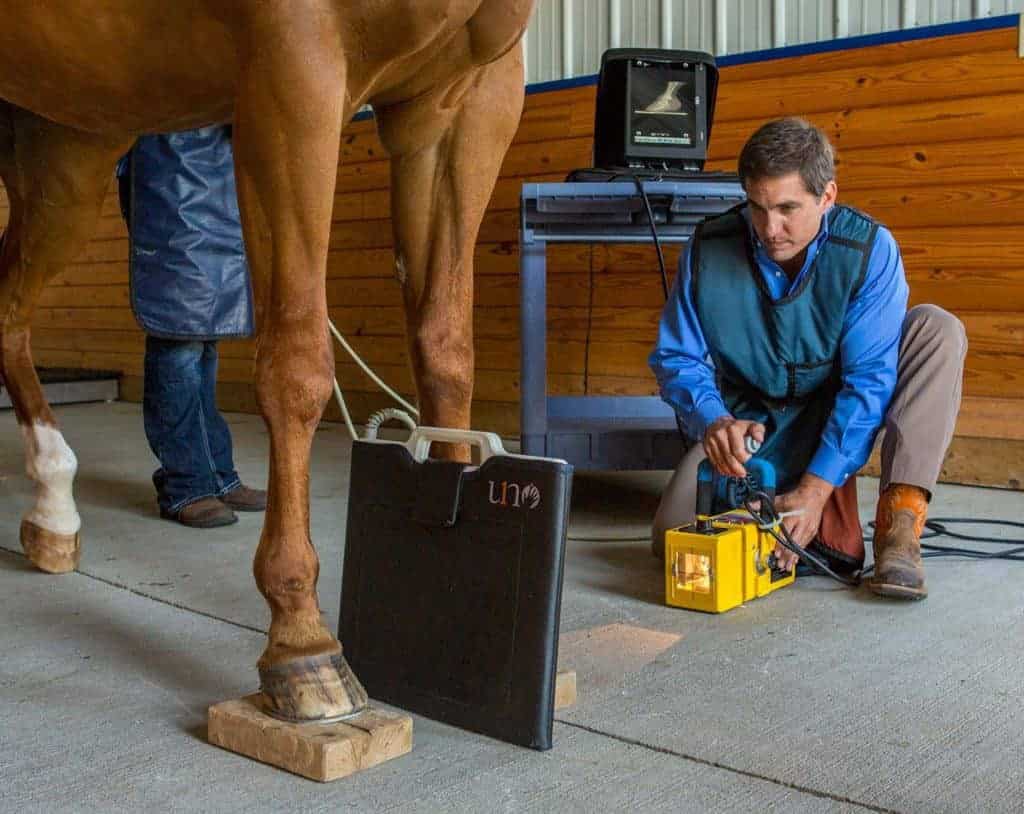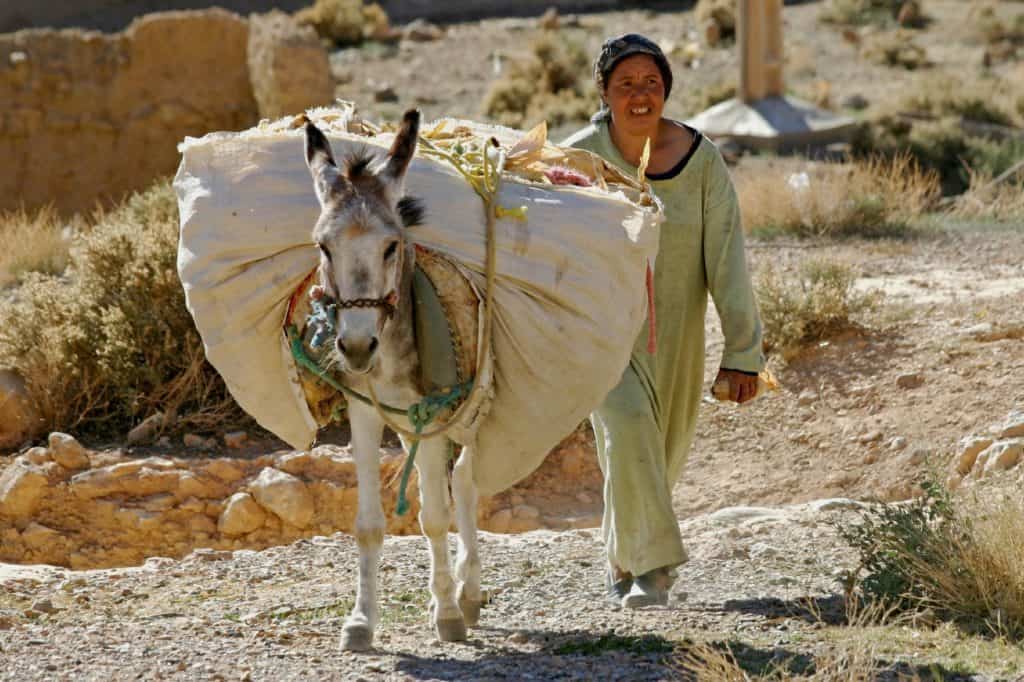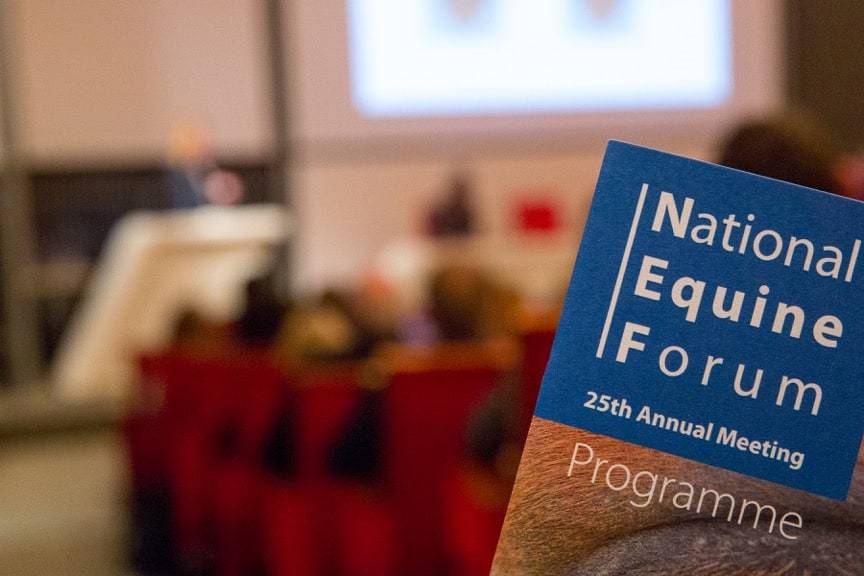
ARCI Panel Discusses How to Stop Cheating in Horse Racing
A panel believes keys include additional out-of-competition testing, investigators, and research.

A panel believes keys include additional out-of-competition testing, investigators, and research.

Researchers found that many radiographic abnormalities resolve by the time weanlings return to the auction as yearlings.

Vets can use MRI to help diagnose injuries, select treatments, monitor healing progress, and determine prognosis.

How young horses are fed and housed can impact how osteochondral lesions evolve, and even help them heal.

Many of the abnormalities researchers evaluated in weanling X rays improve by the time the horse was a yearling.

Find tips on handling bacterial pleuropneumonia, pneumothorax and hemothorax, rib fractures, and ARDS in foals.

Preliminary results suggest risk factors include fewer high-speed workouts and a drop in racing class, among others.

Sedation and bandaging can help buy time for a thorough exam and to make a thoughtful decision about the horse’s future.

Researchers confirmed that footing properties could impact dressage horses’ risk for suspensory ligament injury.

Findings suggest blood serum SAA levels could be an earlier indicator of joint infection than synovial fluid SAA levels.

The fatal injury rate in Thoroughbred racehorses declined for a fourth consecutive year and has dropped 23% since 2009.

Researchers have confirmed that donkeys have far more subtle ways of expressing pain than horses.

In one trial, oral acetaminophen was comparable to flunixin meglumine at relieving hoof pain.

PET scans revealed lesions in bony and soft tissue, some of which weren’t visible on other imaging modalities.

Panelists discussed the potential impact on equine trade, identification, biosecurity, competition travel, and more.

Ridden horses express pain through facial behaviors differently from horses at rest, one researcher says.
Stay on top of the most recent Horse Health news with
"*" indicates required fields